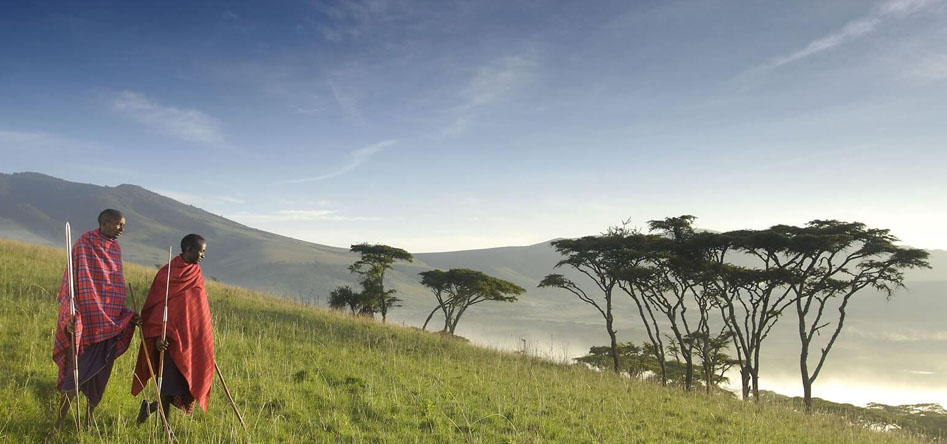Arusha National Park
Arusha National Park stands as a unique and often overlooked gem in the country's array of stunning wildlife reserves.
Read MoreThe Ngorongoro Crater often dubbed the "Eighth Wonder of the World," is a breathtaking natural amphitheater nestled in northern Tanzania. Formed by the collapse of a massive volcano millions of years ago, the crater spans approximately 260 square kilometres and is home to a self-contained ecosystem teeming with diverse wildlife. Its stunning landscapes and high concentration of animals make it a UNESCO World Heritage Site and a must-visit destination for Tanzania Safari enthusiasts.

According to Ngorongoro Crater Safari Experts, Ngorongoro Crater can be visited throughout the year, each season offering its own unique charm. The dry season, from June to October, is considered the best time for wildlife viewing. During these months, animals gather around the crater's water sources, making them easier to spot. The wet season, from November to May, brings lush greenery and increased birdlife, making it an ideal time for birdwatchers and photographers.
Wildlife:
The Ngorongoro Crater's enclosed nature creates a haven for an impressive array of wildlife. Often referred to as an "African Eden," the crater hosts the Big Five – lions, elephants, buffaloes, leopards, and rhinoceroses. This concentration of predators and their prey provides unparalleled opportunities for observing natural interactions.
The crater's grasslands and soda lakes attract vast flocks of flamingos, while its forests are inhabited by monkeys, baboons, and numerous bird species. The black rhino population here is a highlight, as it's one of the few places in East Africa where these endangered animals can still be spotted.
The Ngorongoro Conservation Area also maintains the cultural heritage of the Maasai people, who coexist with the wildlife in a harmonious manner. Their traditional way of life and distinctive red attire add a human dimension to the park's allure.
Our Guided Ngorongoro Crater Safari game drives within the crater allow visitors to get up close to the diverse wildlife and experience the stunning vistas from the crater rim. The Ngorongoro Crater offers an unparalleled safari experience, showcasing the beauty and complexity of Africa's natural world in a single, awe-inspiring setting.
In summary, the Ngorongoro Crater stands as a testament to the power of nature's design and the richness of African wildlife. Its remarkable landscapes, remarkable wildlife, and unique cultural aspects make it an essential stop for those seeking an unforgettable safari adventure.
According to Ngorongoro Crater Safari Experts, Ngorongoro Crater can be visited throughout the year, each season offering its own unique charm. The dry season, from June to October, is considered the best time for wildlife viewing. During these months, animals gather around the crater's water sources, making them easier to spot. The wet season, from November to May, brings lush greenery and increased birdlife, making it an ideal time for birdwatchers and photographers.
 Ngorongoro Crater
Ngorongoro Crater


Arusha National Park stands as a unique and often overlooked gem in the country's array of stunning wildlife reserves.
Read MoreTarangire National Park, located in northern Tanzania, is a captivating wildlife sanctuary spanning 2,850 square kilometres.
Read MoreLake Manyara National Park, nestled in northern Tanzania, is a compact yet captivating gem in the country's safari circuit.
Read MoreThe Ngorongoro Crater often dubbed the "Eighth Wonder of the World," is a breathtaking natural amphitheater nestled in northern Tanzania.
Read MoreSerengeti National Park, an iconic African wilderness, sprawls across 14,750 square kilometres in northern Tanzania.
Read More